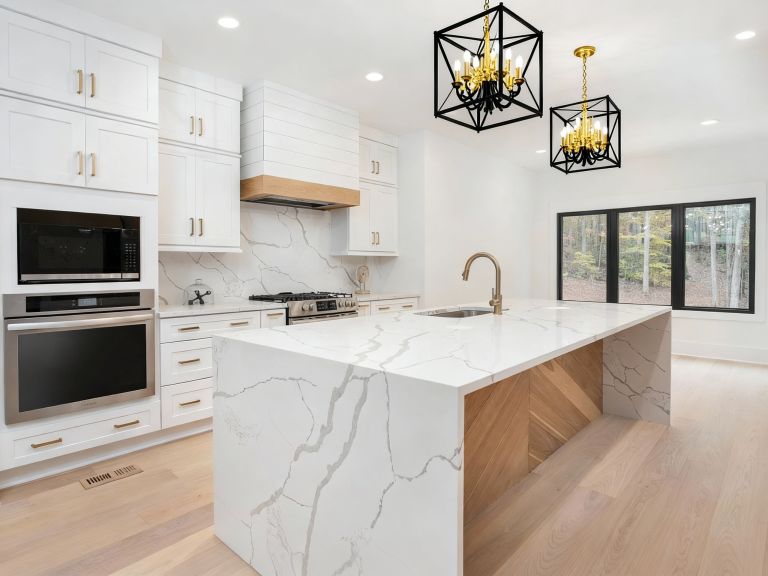Sustainable living is not just about following the hype to be in trend and look cool – sustainable living means living in harmony with nature. It means to live in a manner that does not harm the planet or its inhabitants. It means living responsibly and taking care of what you have for the benefit of ecology, greenery, and our future generation.
Sustainable living does not mean giving up your comfortable life but finding ways to incorporate eco-friendly practices into your everyday life so that you can reduce your impact on the planet. It also means using sustainable technology and smart innovations to create an ecosystem that allows everyone to thrive. It also includes living within our limits and respecting the eco-system, planet, and nature.
Sustainable living also includes the idea of using resources wisely and efficiently. For example, we should recycle trash instead of throwing it away. We should reuse items like plastic bags instead of buying new ones. We should consume less energy and water. We should protect our forests and oceans. Living sustainably means using less energy and consuming fewer goods, materials, and services.
If we go on defining sustainable living, it would be based on four main pillars, i.e.;
- Minimizing waste production & disposal
- Limiting the usage of natural resources
- Reducing impacts on the environment
- Ensuring sustainable working-and-living space
If we represent sustainability diagrammatically, there will be three pillars for the same, i.e.;
- Economic Practicality
- Ecology Protection
- Societal Impartiality
Core Ideologies Of Sustainable Living
Effective Use Of Land & Nature Safety
This principle encourages us to protect all our lands and nature. Effective land and wildlife management are about protecting the land and environment while still allowing for development. We need to ensure that we create new habitats and restore biodiversity by incorporating eco-friendly and effective practices in our surrounding ecosystems.
No Waste & No Carbon
The sustainable living principle of No Waste & No Carbon focuses on reducing our impact on the environment by limiting our consumption habits. We should buy what we need and consume less. Quality should always come before quantity. We should try to avoid wasting resources. It is best if we use less energy, water, and other materials.
Sustainable Water Use
Water sustainability is a key component of sustainable living because our planet’s ability to sustain life depends on the availability of freshwater resources. As agricultural production increases, food consumption also rises, placing greater demands on water. To protect the environment while minimizing costs, we must develop techniques that allow us to efficiently use water.
Sustainable Construction Materials
Sustainability is about making sure our planet doesn’t become unlivable and ruining everything we love. That means using eco-friendly materials for construction and reducing our impact on the environment. Materials like recycled plastics, recycled glass, aluminum and steel, organic cotton, and bamboo are all sustainable materials that will help us preserve our planet.
Sustainable Local Farming
Sustainable farming is the strongest pillar of sustainable living. It encourages the availability of healthy, locally grown, organic, low-impact and seasonal foods, and in turn, promotes health and wellbeing. It also promotes the preservation of natural resources and supports the development of local economies.






